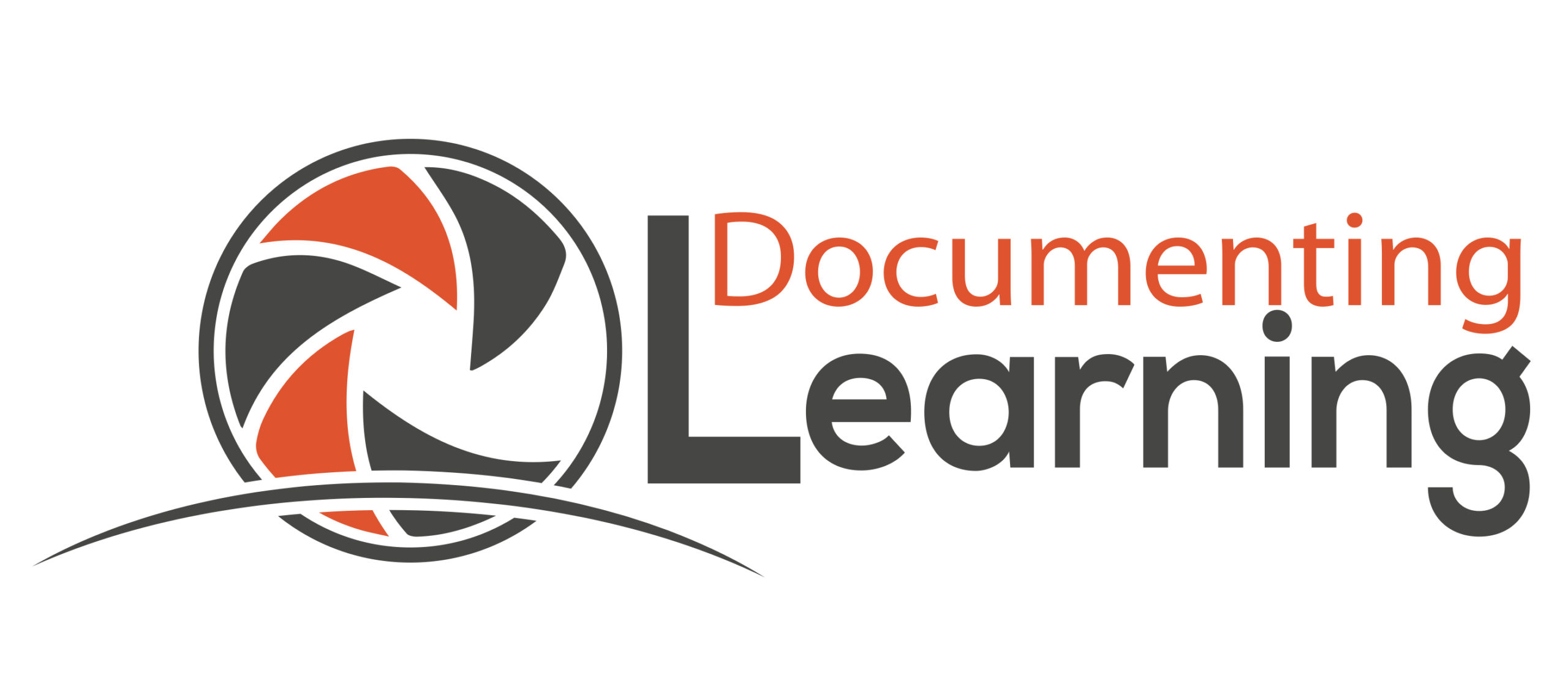John Dewey, American philosopher and educator, reminds us “that we don’t learn from experience, we learn from reflecting on the experience.” In the spirit of living in the 21st century with myriad tools at our disposal to create content while learning, we can now disseminate our content easily and make reflecting and sharing a part of our learning routine.
In Challenge 15 you will learn … reflect … share:
Learn in the way you learn best! Maybe you enjoy listening to a lecture, watching a demonstration, writing and organizing your knowledge in a mind map, discussing an area of interest with a friend, watching an online tutorial or informational video, reading a book, going to a workshop, or attending a university class.
The topic concerning what you want to learn is completely up to you as well:
- What are you passionate about?
- What interests are you currently pursuing?
- What has always intrigued you to learn more about?
- What would be beneficial to know in your area of work?
Reflect on your learning experience during and after it has taken place. Be cognizant of what you were and are thinking about how you took in information, inquired when needing clarification, and reached a clear understanding. Tap into what unconsciously may have influenced your learning, such as prior knowledge or previous experiences with your selected topic, or cultural perspectives.
When you think about yourself engaged in the act of reflection:
- How is the act of reflecting easy for you? How is it difficult?
- What aspects of reflection come natural for you? What aspects feel more difficult?
- How do you feel about making your reflective thinking public?
Share your learning and your reflection with others.
In our book, A Guide to Documenting Learning, we feature five amplification degrees of sharing:
Make a conscious effort to not only reflect quietly in your own mind, but make your reflecting visible and shareable to others—first by getting your thoughts and reflections out of your mind and recording them textually, visually, and/or auditorily. Our amplification degrees are not meant to be followed linearly, so it is fine to jump next to sharing strategically online, which for this challenge takes place through creating and publishing a blog post.
Realize that simply publishing your learning-thinking documentation post does not necessarily mean that someone will read it. It takes strategic thinking to share your work with a specific audience. Austin Kleon wrote an eye-opening book titled, Show Your Work: 10 Ways to share Your Creativity and Get Discovered, which John Spencer built on in his blog post “Seven Reasons to Show Your Work (Why You Should Share the Process.” Spencer made an observation about his student in meaningful sharing action:
Austin Kleon describes this as “showing your work.” It’s the idea that we should share our creative journey with others. It’s what happens when you make videos showing your creative process or when you share snapshots of your work on social media. It’s what happens when you put yourself out there in a creative community. You see this with kids who engage with an online community centered around their interests. I saw this when a girl in my eighth grade class showed me her five novels she had already published on Wattpad and then shared her Tumblr where she asked for feedback in the characters and plots she developed.
Notice that the student asked for feedback. In your blog post, you may want to so as well, if appropriate. The point here is that you want to invite readers to a call to action. Whether it be using strategic hashtags to reach a specific audience and asking readers to repost on their social media platforms, you are automatically increasing your likelihood of engagement.
Needs something here that connects to the questions because it really does not fit what is above (with or without my addition):
- How can you best make your learning-thinking reflections visible to others (e.g., photographs, infographics, video/audio recordings, quote cards)?
- What changed in your learning and reflection when you knew you will be sharing both with others?
- What will you do to strategically reach out to others through amplifying your post?
- How will you use what you have learned to help others learn as well?
Follow these steps to complete this challenge:
- While you are involved in your learning experience, capture your learning using a variety of media that capture different moments in or components of your learning. Save your image and video/audio files appropriately for embedding in your post.
- Write a new blog post: a) embed your mixed media appropriately, and b) include a narrative that expresses the reflection of your learning experience, including your planned next learning step, if appropriate. Do not forgot to include a way to strategically reach your desired audience, as well as a call to action for readers (e.g., as readers to leave a comment to a posed question, ask to tweet with your post’s link).
- Title, save, and publish your post.
After you have completed your challenge to create a Learn-Reflect-Share blog post, please include the URL link to your post with embedded media in the Leave a Reply comment section below to share with us and your documenting community. Check back regularly to see what others have posted!
Added Amplification: Tweet out or share on Instagram the link to your Learn-Reflect-Share blog post. Be sure to include the hashtags #documenting4learning, #LearnReflectShare, and #DLBloggingChallenge15, as well as any appropriate hashtags for your learning topic.


